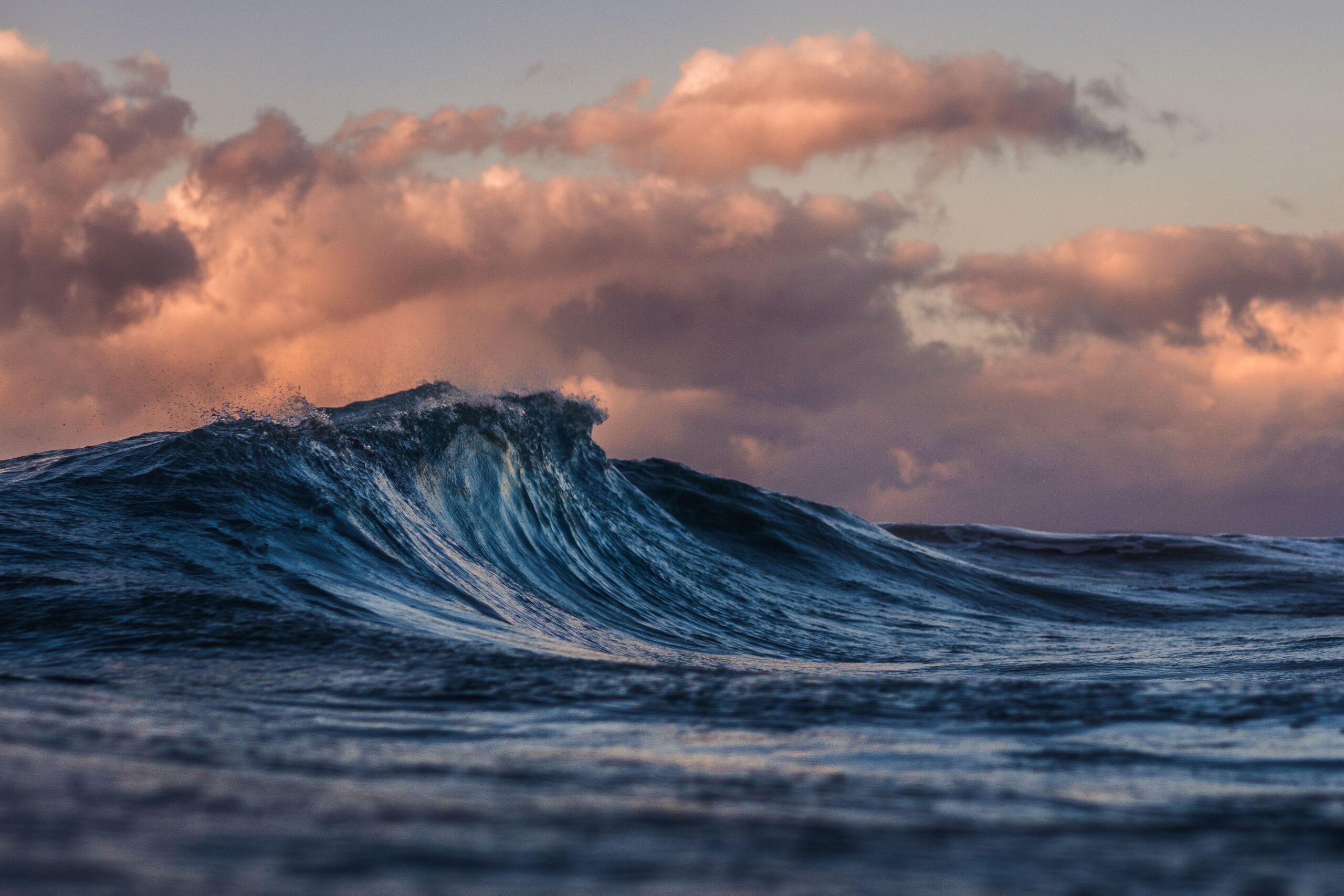 https://greenmarked.it/wp-content/uploads/2024/04/contamination-4286704_1280.jpg
848
1280
Etienne Hoekstra
https://greenmarked.it/wp-content/uploads/2022/01/LOGO-GREENMARKED-SITO-600x600.png
Etienne Hoekstra2024-04-12 06:51:082024-04-12 20:26:47The Dirty Water Dilemma
https://greenmarked.it/wp-content/uploads/2024/04/contamination-4286704_1280.jpg
848
1280
Etienne Hoekstra
https://greenmarked.it/wp-content/uploads/2022/01/LOGO-GREENMARKED-SITO-600x600.png
Etienne Hoekstra2024-04-12 06:51:082024-04-12 20:26:47The Dirty Water DilemmaJune 27, 2023

Still reminding of this winter drought, in Italy, we are approaching summer with a low level of water severity throughout the peninsula. It means that in the short term, we will not have problems with drinking water shortages [1]. However, waiting and hoping for a change, that the waterways will fill up again following the same dynamics as in the past, is unacceptable. Real and tangible solutions are needed to address the water crisis.
What technological solutions are available?
There are two systems for recycling water from the sea, and industrial and public wastewater to date: distillation and hyperfiltration, also known as reverse osmosis desalination.
Distillation splits salts and water by boiling the solution and then condensing the vapor. In other words, the saline solution boils in large tanks, and by condensing the water vapor in a different tank, clean water is produced.
In reverse osmosis desalination, on the other hand, salty or seawater pass through membranes that act as filters, separating the salt molecules from the water molecules. Therefore, making it suitable for agricultural, industrial or even drinking uses [2].
While with the former technique the process is thermal, with the latter it is mechanical and the purity of the water produced depends on the cross-section of the filters. However, both methods are extremely expensive because they require massive amounts of energy [2]. In fact, desalinating 1 cubic meter of seawater requires about 1 kWh or more of energy [3].
In addition, hyperfiltration presents some risks to the environment. First and foremost, the wastewater must be disposed of appropriately because it is hypersaline. Then, small fish and plankton, often get trapped in the pores of filters. The result is damage to the local trophic chain [2].
Where are these technologies already a reality?
Reverse osmosis desalination is already a widely used method, especially in Middle Eastern countries, where it is the most widely used drinking water supply method, given the scarcity of freshwater supplies.
Saudi Arabia holds the largest global desalination capacity with more than 5.5 million m³ of drinking water produced daily. Follows the United Arab Emirates, where the drinking water supply agencies of Abu Dhabi and Dubai produce 3.9 million m³ and 2.3 million m³ per day, respectively [4].
This technology is also widely used in the United States, particularly in California and Florida. But also in Pacific countries, such as Japan, South Korea, and Hong Kong.
Although little known, this process is also an affirmed reality in Europe. Spain is the leading producer of drinking water from hyperfiltration, producing 1.6 million cubic meters daily. In second place there is Italy, extracting about 200,000 cubic meters per day. Follow Cyprus, Malta and Greece [4].
New developments on the horizon?
The main focus of current research is to improve the efficiency of this process to reduce the prohibitive costs. Richard Muller, Professor of Physics at UC Berkeley, emphasizes a vital concept: “The world doesn’t have a shortage of water; it has a shortage of cheap water”. Only if the costs of desalination would fall down, this method will be considered a tangible way to solve the global shortage of drinking water [3].
Good news comes from the University of Texas. An article published on Science reveals that the density and mass distribution of the material used to make the osmotic membrane are the basis for more efficient filtration. A perfectly regular nanoscale membrane can purify a much higher amount of water, with a substantial cost advantage per liter of drinking water that would save up to 40 % of the energy required [5].
Another research, published on Nature Sustainability, proposes a type of metal-organic membrane (MOF, Metal-Organic-Framework), whose properties would allow seawater to be filtered mechanically, thanks to the porosity of the membrane, coupled with the added value of sunlight that allows water purification without the use of chemicals [6].
Technological development is certainly making great strides to make hyperfiltration an efficient process. Once the correct key is found, however, we will still keep in mind two things: the environmental risks that hypersaline wastewaters represent, and that drinking water – no matter how it is produced – remains a valuable resource that should not be wasted.
This article is part of the project “PILLOLE D’ACQUA PIANA: seminari itineranti, blog e podcast per una gestione sostenibile delle risorse idriche in Piana Rotaliana” carried out by ECONTROVERTIA APS and supported by Fondazione Caritro (Prot. no. U445.2023/SG.386 of April 23, 2023).

Article supported by

Related articles:
References:
[1] ISPRA: Idrologia, Idromorfologia, Risorse Idriche, Inondazioni e Siccità. (n.d.). https://www.isprambiente.gov.it/pre_meteo/idro/SeverIdrica.html
[2] Gandelli, S. (2023, March 13). Dissalazione: come trasformare l’acqua di mare in acqua dolce. Geopop. https://www.geopop.it/dissalazione-come-trasformare-lacqua-di-mare-in-acqua-dolce/
[3] Quora. (2017, September 7). Why Desalination Isn’t The Answer To The World’s Water Problems. Forbes. https://www.forbes.com/sites/quora/2017/09/07/why-desalination-isnt-the-answer-to-the-worlds-water-problems/?sh=2acad30c4737
[4] Izzi, A. (2022, October 24). L’utilizzo dei dissalatori a osmosi inversa in Europa e in Medio Oriente. Geopop. https://www.geopop.it/lutilizzo-dei-dissalatori-a-osmosi-inversa-in-europa-e-in-medio-oriente/
[5] Culp, T. E., Khara, B., Brickey, K. P., Geitner, M., Zimudzi, T. J., Wilbur, J., Jons, S. D., Roy, A., Paul, M., Ganapathysubramanian, B., Zydney, A. L., Kumar, M., & Gomez, E. D. (2021). Nanoscale control of internal inhomogeneity enhances water transport in desalination membranes. Science, 371(6524), 72–75. https://doi.org/10.1126/science.abb8518
[6] Ou, R., Zhang, H., Truong, V. X., Zhang, L., Hegab, H. M., Han, L., Hou, J., Zhang, X., Deletic, A., Jiang, L., Simon, G. P., & Wang, H. (2020). A sunlight-responsive metal–organic framework system for sustainable water desalination. Nature Sustainability, 3(12), 1052–1058. https://doi.org/10.1038/s41893-020-0590-x
Cover- and preview image: Waves in the ocean. Photo by Silas Baisch on Unsplash










